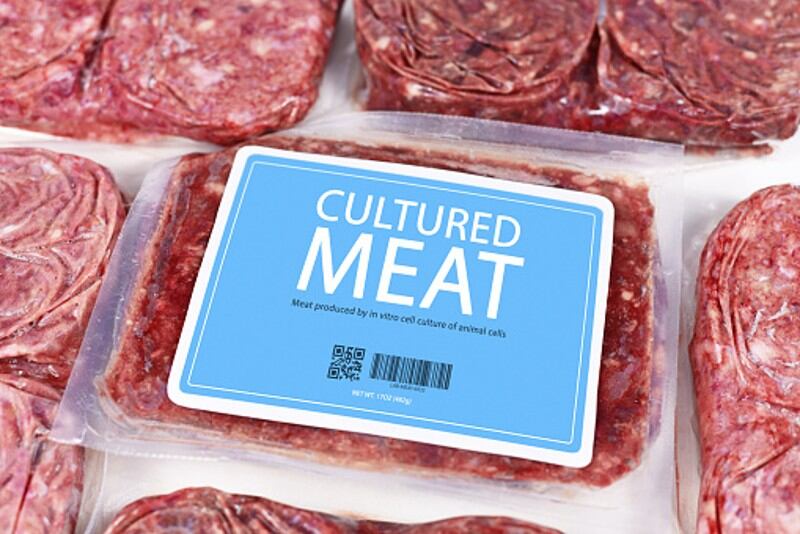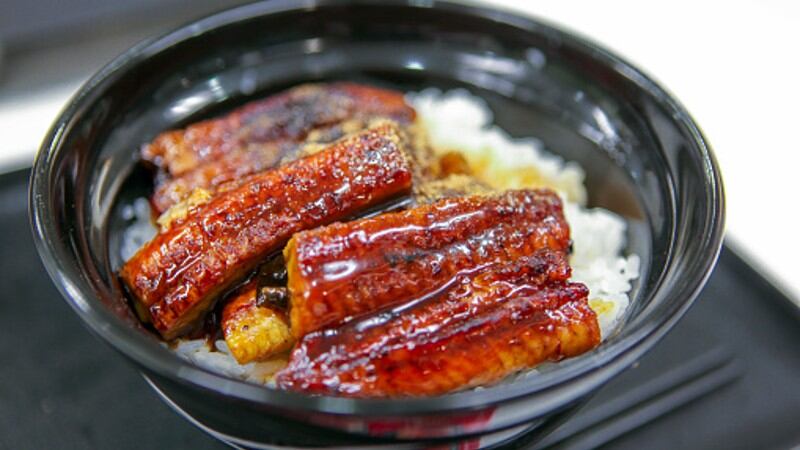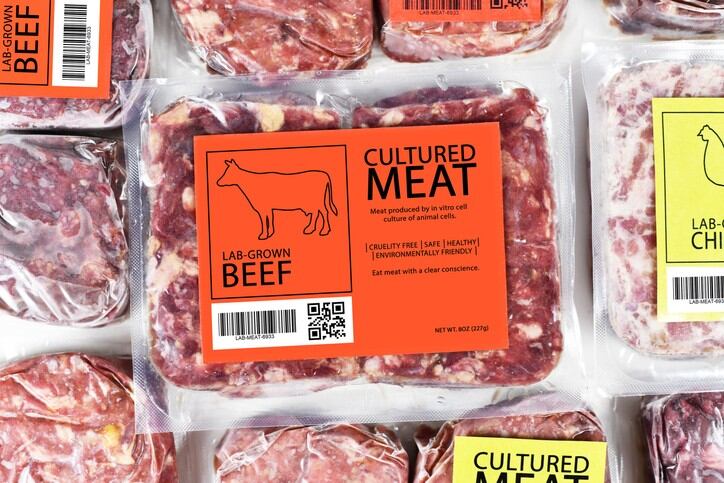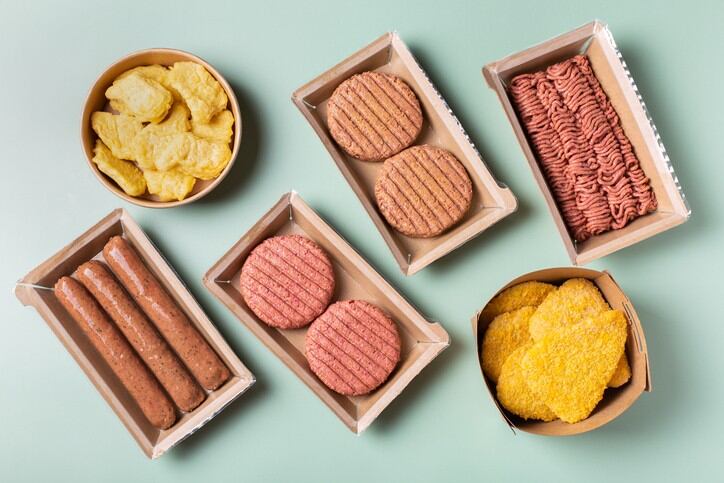One of the cultured meat sector’s most major hurdles to cost reduction and price parity has been recognised for a long time to be the high cost of growth factors required to grow cells into meat, but Japan-based Integriculture believes that it has uncovered the solution to this with its CulNet co-culture system.
“The co-culture approach is one that involves the use of multiple types of ‘feeder cells’ to produce growth factors in situ in their own individual feeder bioreactors, then have these growth factors fed as a cultured serum to the target cells, for example muscle cells to produce meat, in a target cell bioreactor,” Integriculture Founder and CEO Yuki Hanyu told the audience while unveiling the CulNet system at the recent Cellular Agriculture: Asia Summit 2022.
“The conditions in the individual feeder bioreactors can be controlled to turn intercellular interactions on or off, such that different feeder cell combinations are created to make specific cultured serums at different times to trigger different growth stages of the target cells, from proliferation, differentiation, organisation into specific tissue such as meat, and so on.
“Importantly, our research shows that these co-cultured serum is even more effective than using foetal bovine serum (FBS), which is the traditional source of growth factors - feeder cells are also able to stay active for a very long time, and each unit can feed some 500 units of target cultured cells.
“This system allows us to grow any type of target cell from lamb meat to whale meat to tiger liver – all we have to do is use what we call empirical brute force to calculate and experiment to find the best feeder cell combination from our library of feeder cells to grow whatever target is desired.”
In terms of cost reduction, the co-culture system is basically run solely on basal medium, which is far less expensive than having to purchase growth factors, but it can generate any growth medium needed for any type of target cell.
“In addition, because existing cells are being used, this system would not require additional regulatory approval compared to other solutions such as using recombinants or plant extracts from gene-modified organisms,” Hanyu added.
“Today, the cost of growth factors needed to produce 1kg of meat is about US$200,000 to US$800,000 for recombinants and US$5,000 for plant extracts – CulNet has already dropped far below this at US$400, and we expect to see very quick further cost reductions as we scale up.
“By 2023, this cost is estimated to be US$36.30, by 2025 US$2.70 and beyond that we believe we can drop costs for growth factors below US$1 per 1kg of meat.
“At this point, we have already developed an industrial scale feeder cell bioreactor, and for the target cell bioreactor this is actually a normal bioreactor that most cultured meat firms in the sector would already be using – CulNet can actually just be hooked up to that, so no additional CAPEX cost is involved.”
Integriculture’s CulNet feeder cell bioreactor has already been built at a 100L scale, providing enough cultured serum for a 2,000L target cell bioreactor.
Democratising cellular agriculture
According to Hanyu, the industry’s current approach with many start-ups engaging in vertical integration and individual R&D means that each individual success would merely meant the addition of a new brand to a supermarket shelf – but this would hardly be enough to solve the world’s food issues, as tens of thousands of such brands would be needed to make real change.
Integriculture believes that its technology has huge potential to fulfil the world’s protein demands not just because of its cost-cutting benefits, but also its potential accessibility to the everyman.
“Our goal really is to democratise cellular agriculture as a whole – at present, the sector is very hampered by economies of scale issues, and we want to push beyond this and remove this as a concern, which will then allow room for other competitive edges to be developed, and eventually make cell agriculture universally accessible.
“One of the business models we envision is where users – not just the cellular agriculture firms, but also farmers, chefs, hobbyists and more – can develop their own design of cultured meat and then license the relevant cells and cell culture protocols, giving them a chance at brand ownership.
“Take what we call the ‘Tasty culinary pop star cow’ business model for example – here, a farmer has a star cow that is placed into a ‘talent agency’ which works on the brand development of cultured meat products based on this cow, and using the co-culture system the farmer can either make and sell the cultured meat, or license the production to a food company to make it.
“This approach would not only benefit the farmer, but also gives the cow itself more value and makes it worth more alive than dead – so much more can be done with brand development and the relevant ‘fame’ involved with the cow alive, so it would certainly be treated well.”
Integriculture expects to reveal samples of its cell-cultured foie gras in summer 2022, and to bring this to restaurants by the end of the year.
Apart from meat, applications for other industries including biopharma, cosmetics, materials such as leather and more are also expected to be developed for the system.





